National Tree Week 2024
For National Tree Week 2024 I have been celebrating different trees and their contribution to our world. Here are the stories I have collected.
Celebrating the Hazel Tree
The Hazel tree has contributed to human existence through providing coppiced wood (for bean poles. fences etc) for thousands of year. It regenerates quickly and is known to ‘spring back’ hence many coppiced woodlands are often called Spring Wood. Their yellow leaves have been adorning the roadsides in autumn and have now fallen.


This is an old Hazel that shows signs of having been coppiced in the past and is now growing and maturing with a wider trunk and a wonderful crown creating a broad canopy shading out bracken but allowing other plants to grow. It pushes out its catkins in autumn ready for spring.
Autumn Colour
As summer fades the colours in the trees set woodlands ablaze especially when the sunshines.
This Maple sits alongside Bristol Harbour and brought a splash of colour on a grey day.
As winter arrives at Conishead Priory, this beech woodland with old conifers has mostly taken on its winter skeletal form. I found these two trees below - a Maple on the left and a Beech on the right which are protected by gian coniters and were holding on their golden glow.


These saplings were planted at Bel’s Wood earlier this year and are putting on a good show for autumn - above a Wayfaring Tree then a Rowan and below a rather spectacular Aspen which has gone deep purple.
Silver Birch
One of the commonest established trees at Bel’s Wood is the Silver Birch. Many have grown along the beck and give a tall, elegant profile. I particularly love to see this one at the entrance gate which appears to greet me when I arrive and bid me farewell when I leave. I have named her the Marion Tree after a much loved relative with these traits.
Then there is this lovely young Silver Birch that has had a tricky start to live. Gorse engulfed this whole area and the tree had to find its way to the light. Now, liberated it has straighted up nicely. I have played with different names but this summer one of my friends who helped with the scything declared he was called Geoff and who am I to argue?
Tree blossom
Some trees provide a splash of colour in spring and nectar for invertebrates. Here are some of my favourites from Bel’s Wood.
In February the Willow produces these furry catkins which feed the emerging queen bumblebees and promise the start of spring although the weather may still feel like winter
In praise of Holly
I haven’t really appreciated holly trees at Bel’s Wood. They reproduce prolifically and I have seen them as small bushes that I get attacked by when clearing bracken and brambles! But as winter came this year I realised that there are a number of really substantial trees growing taller than the Yew Trees and Whitebeam around them.
Each of the ancient oaks has a holly ‘familiar’ living alongside it.
Greening the desert
Trees play a vital role supporting life on Earth. Trees support wildlife and hold the soil and water in the ground. Of course they also sequester carbon from the atmosphere and provide oxygen for mammals to breathe. The history of the humankind occupying the Lake District tells us of thousands of years of clearing wood for building structures to live in and fence off land, for burning and then to support boat building and many industries. The impact on the landscape is stark and with intensive grazing on lowlands and uplands there is no opportunity for land to recover. Even in the Lake District National Park sheep and cattle grazing continues to denude the land. These are classic lakeland scenes with the occasional hawthorn that has found its way through a rocky area to adulthood, Biodiversity in these areas is limited with nowhere for birds that nest in trees, mammals to feed on hazel nuts or insects and other invertebrates to collect nectar leaving the whole food chain at limited.
There is tree planting taking place supported by various grants like the England Woodland Creation Offer which is supporting tree planting at Bel’s Wood. The final picture above was taken a few years ago and has since then been planted with saplings. I would challenge the scale of the planting being funded compared to the urgent need to make changes.
As National Tree Week comes to an end I wanted to celebrate trees and show how much more needs to be done to enable the wilder places in our country to make a positive contribution to our environment.






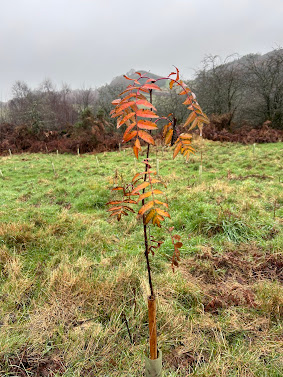
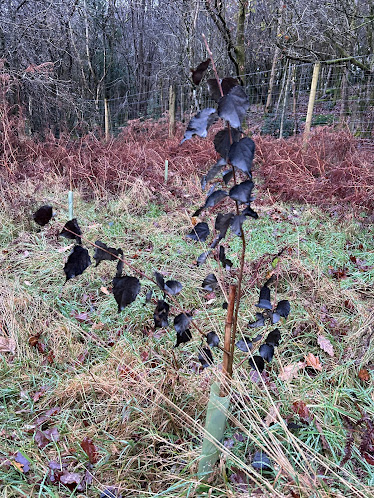


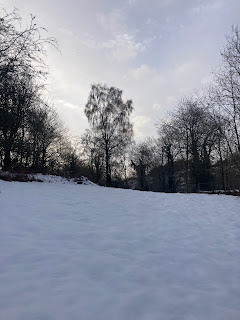

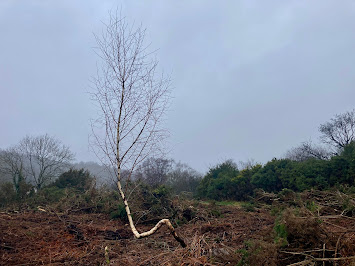







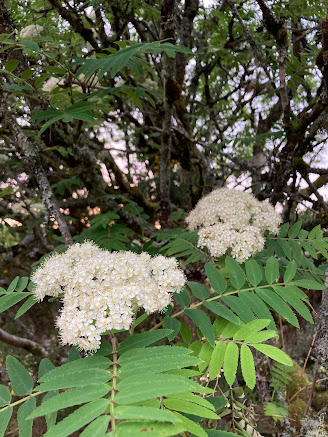



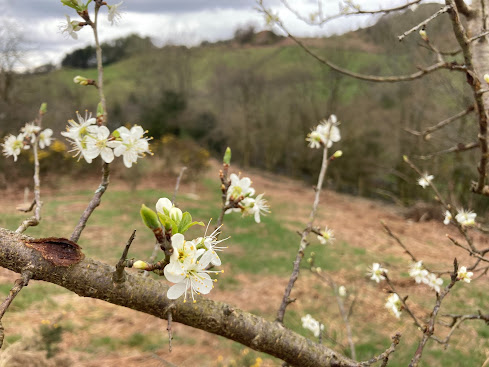







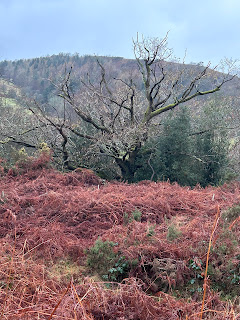











Comments
Post a Comment